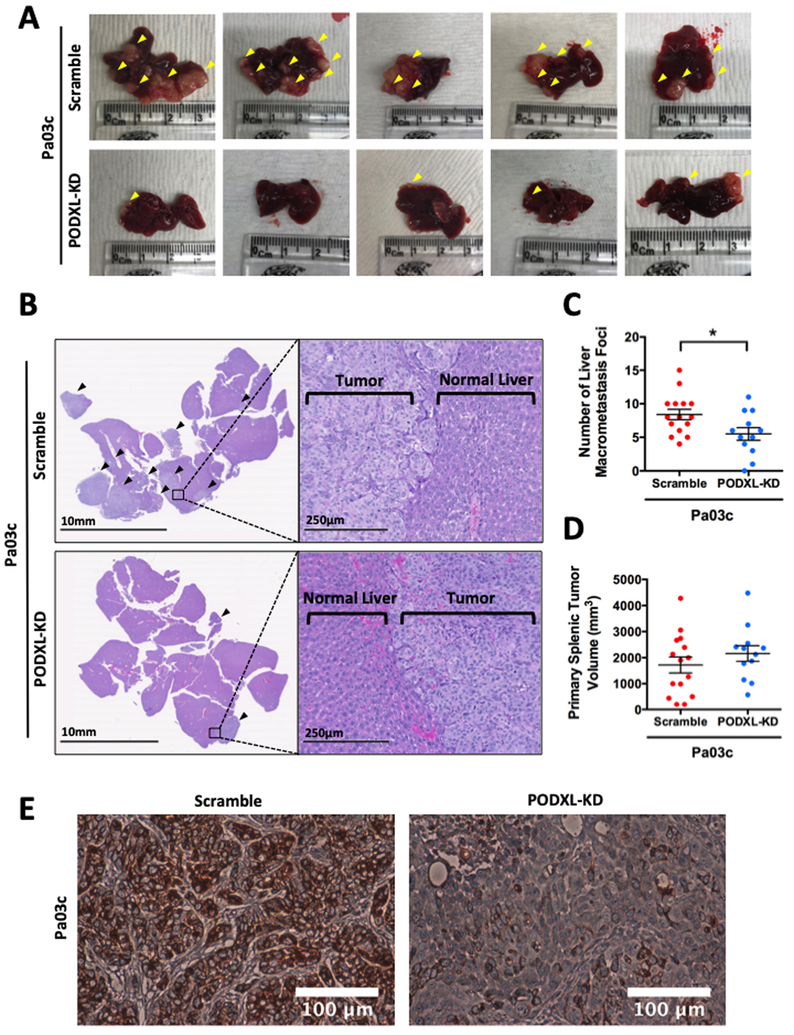Fig. 5. PODXL knockdown decreases metastasis in vivo in a preclinical murine model of pancreatic cancer metastasis using a hemispleen injection technique.
(A) Gross anatomical pictures of representative livers harvested from mice injected with scramble control (top row) or PODXL-KD (bottom row) Pa03c cells via the hemispleen technique. Yellow arrowheads indicate visible liver macrometastases. (B) Representative histological sections of livers harvested from mice injected with scramble control (top row) or PODXL-KD (bottom row) Pa03c cells. Black arrowheads indicate areas of metastasis. (C) Quantification of the number of visible liver macrometastasis foci observed on the harvested livers and (D) the volume of the primary splenic tumor of mice injected with scramble control or PODXL-KD Pa03c cells. Data represent the mean±S.E.M from 15 and 12 mice for the scramble control and PODXL-KD groups, respectively. * represents p<0.05. (E) Representative immunohistochemistry sections of primary splenic tumors derived from scramble control (left) or PODXL-KD (right) Pa03c cells stained for PODXL reveal that PODXL knockdown is maintained in vivo.

